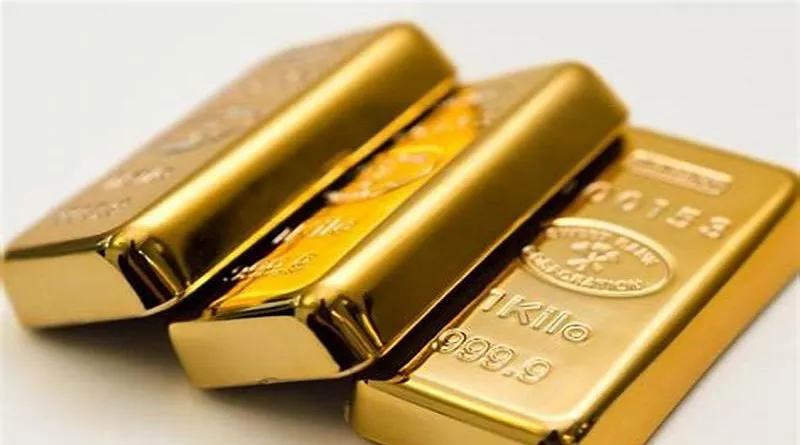In contrast to the latest central bank gold-buying trend, the Bank of Korea (BOK) is sticking to its “cautious” approach in determining whether to buy more gold, preferring the liquidity of the U.S. dollars.
In a Tuesday report, the BOK said it maintains its U.S. dollar liquidity at times of high recession risks and geopolitical uncertainty, adding that it is still worried about the direction of gold prices.
“A cautious approach is necessary for determining whether to increase the ratio of gold in the foreign exchange reserves,” the BOK said.
The central bank also noted that gold has already rallied quite a bit and could be close to peaking. More gold negatives were high interest rates and the difficulty of selling for liquidity purposes.
The report was released along with the results of the inspection at the Bank of England, where the country’s gold holdings are stored.
The central bank said the inspection was completed without any major problems, citing only a few simple errors in refiner marks on three gold bars. This was described as a common issue.
The BOK also added that it might look into diversifying its storage sites for safety reasons in the future.
At the end of May, the central bank held 104.4 tons of gold in its foreign exchange reserves, worth around $4.8 billion and representing 1.14% of its total reserves worth $421 billion.
South Korea’s view on gold contradicts the global central bank gold-buying trend. After purchasing a record amount of gold in 2022, central banks remain very keen on boosting their gold reserves, with 24% saying they plan to buy more precious metal in the next 12 months, according to the World Gold Council’s (WGC) 2023 Central Bank Gold Reserves Survey published in May.
Financial market concerns, planned purchases of domestic gold production, and portfolio rebalancing are driving the additional buying, the survey said.
“These results come amidst a backdrop of ongoing geopolitical tensions as the war in Ukraine continues and the ensuing macroeconomic fallout of prolonged inflation and tighter monetary policy persists,” the WGC said. “Adding to these concerns is the banking sector crisis in the United States and Europe which began in early 2023.”
The BOK has not bought any additional gold since the early 2010s. At the time, the central bank received heavy criticism after buying at a price peak.
Between 2011 and 2013, the BOK bought 90 tonnes of gold. At the time, gold peaked at just above $1,920 an ounce. After dropping significantly, it was able to recover above those levels only in 2020. At the time of writing, spot gold was trading at $1,963.20 an ounce.
“The main reason that the BOK hasn’t increased its gold holdings since 2014 was because the price of gold had fallen further and remained at a low level,” BOK Governor Rhee Chang-yong said during a National Assembly session early this year. “While the price of gold is beginning to pick up this year, I think it’s more desirable to hold assets that yield interest rates, rather than increasing holdings of gold that are highly volatile in price.”


